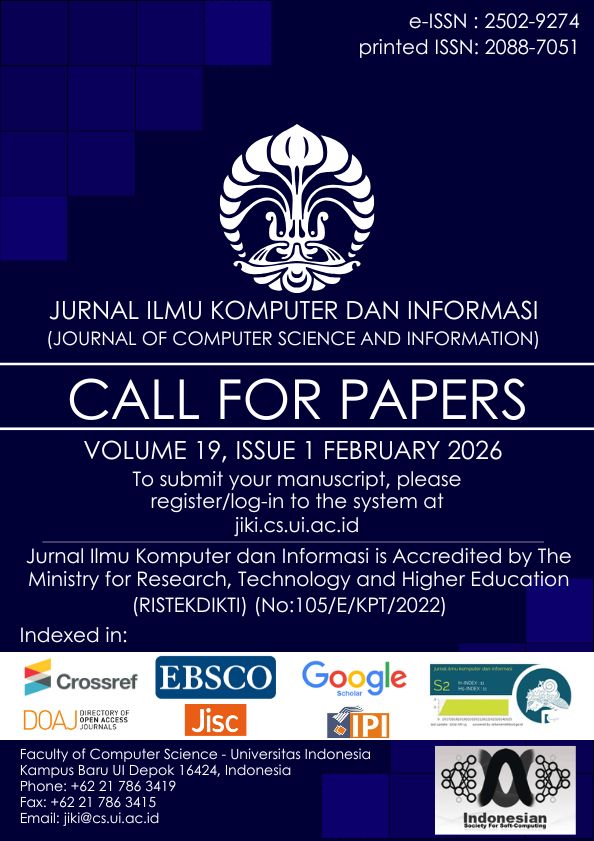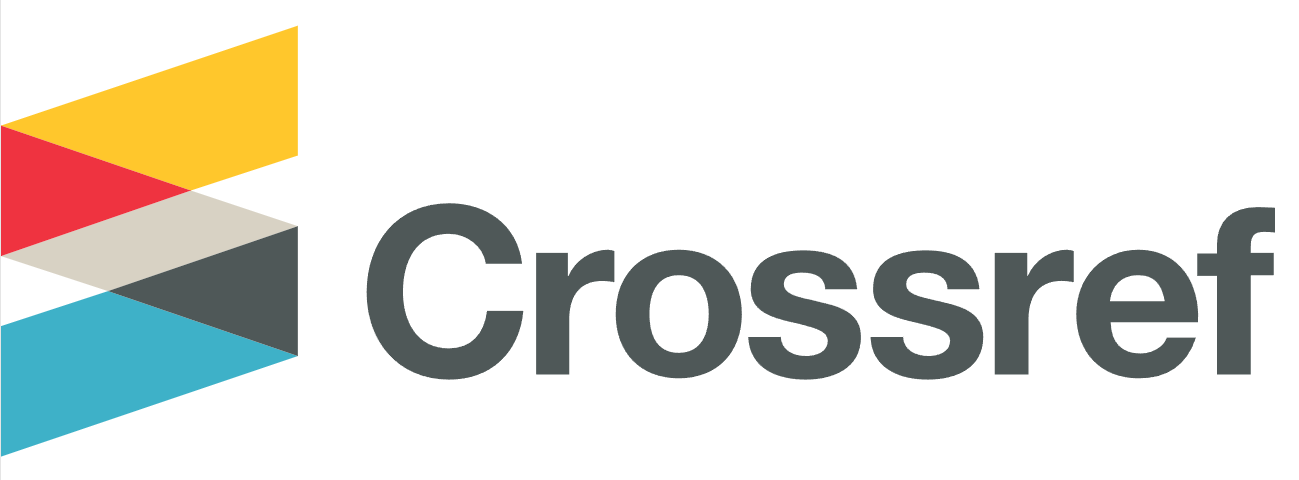Embedded Deep Learning System for Classification of Car Make and Model
DOI:
https://doi.org/10.21609/jiki.v16i1.1118Keywords:
Embedded System Classification, Embedded Deep Learning, Car ClassificationAbstract
Automatic car make, and model classification is essential to support activities of intelligent traffic systems in urban areas, such as surveillance, traffic information collection, statistics, etc. In order to classify this data, we need an embedded system approach for real-time car recognition. Many approaches could be made, from image processing to machine learning. Recently, the development of the Convolutional Neural Network has spurred various research in the Area. ResNet, Inception, DenseNet, and NasNet are some of the most commonly used Neural Network based method that is used to classify images. In this research, these Neural Network methods are going to be compared in classifying vehicle make and model in the Stanford dataset. The dataset contains 196 different labels. Several evaluation metrics are used to compare the performance of the methods. From the experiment, the InceptionV3 method achieved the best performance of the AUROC ratio for training the dataset under 50 epochs. Other methods that achieve a high AUROC value tends to have a higher computational time. Real-time simulations have shown that the embedded system is capable of classifying a 100 % success rate for six concurrent users.Downloads
Published
2023-03-01
How to Cite
Wibisono, A., Arief Wisesa, H., Bagus Wicaksono, S., & Khatya Fahira, P. (2023). Embedded Deep Learning System for Classification of Car Make and Model. Jurnal Ilmu Komputer Dan Informasi, 16(1), 69–75. https://doi.org/10.21609/jiki.v16i1.1118
Issue
Section
Articles
License
Authors who publish with this journal agree to the following terms:
- Authors retain copyright and grant the journal right of first publication with the work simultaneously licensed under a Creative Commons Attribution License that allows others to share the work with an acknowledgement of the work's authorship and initial publication in this journal.
- Authors are able to enter into separate, additional contractual arrangements for the non-exclusive distribution of the journal's published version of the work (e.g., post it to an institutional repository or publish it in a book), with an acknowledgement of its initial publication in this journal.
- Authors are permitted and encouraged to post their work online (e.g., in institutional repositories or on their website) prior to and during the submission process, as it can lead to productive exchanges, as well as earlier and greater citation of published work (See The Effect of Open Access).










